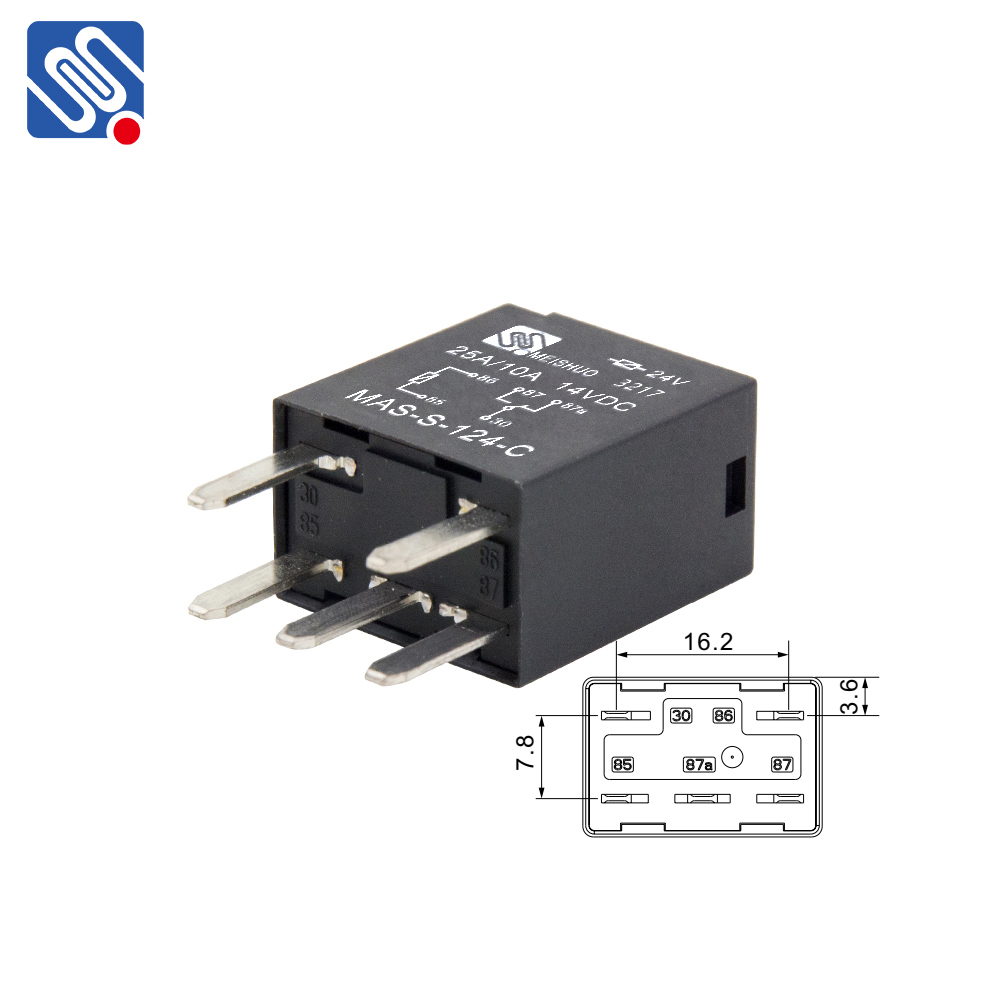As technology continues to advance, the future of relay technology is poised for significant growth and transformation. One of the key areas of development is the integration of relay systems with the Internet of Things (IoT). By connecting relays to IoT networks, devices can be monitored and controlled remotely through smartphones or centralized control systems. This would enhance automation capabilities, increase operational efficiency, and allow for real-time troubleshooting.

Another area of innovation is the ongoing improvement of solid-state relays. These relays, which have no moving parts, offer faster switching speeds, greater reliability, and longer lifespans compared to traditional electromechanical relays. Their role in high-frequency, high-voltage applications is expected to expand as more industries look to implement solid-state technology for more energy-efficient systems. Moreover, the push towards sustainable energy solutions is also driving the demand for more advanced relay technologies. Relays are essential in managing the power flow in renewable energy systems like wind turbines and solar panels, as well as in energy storage systems such as batteries. In these applications, relays must perform under demanding conditions, such as fluctuating voltage levels and extreme temperatures, while ensuring reliability and safety.
Leave a Reply